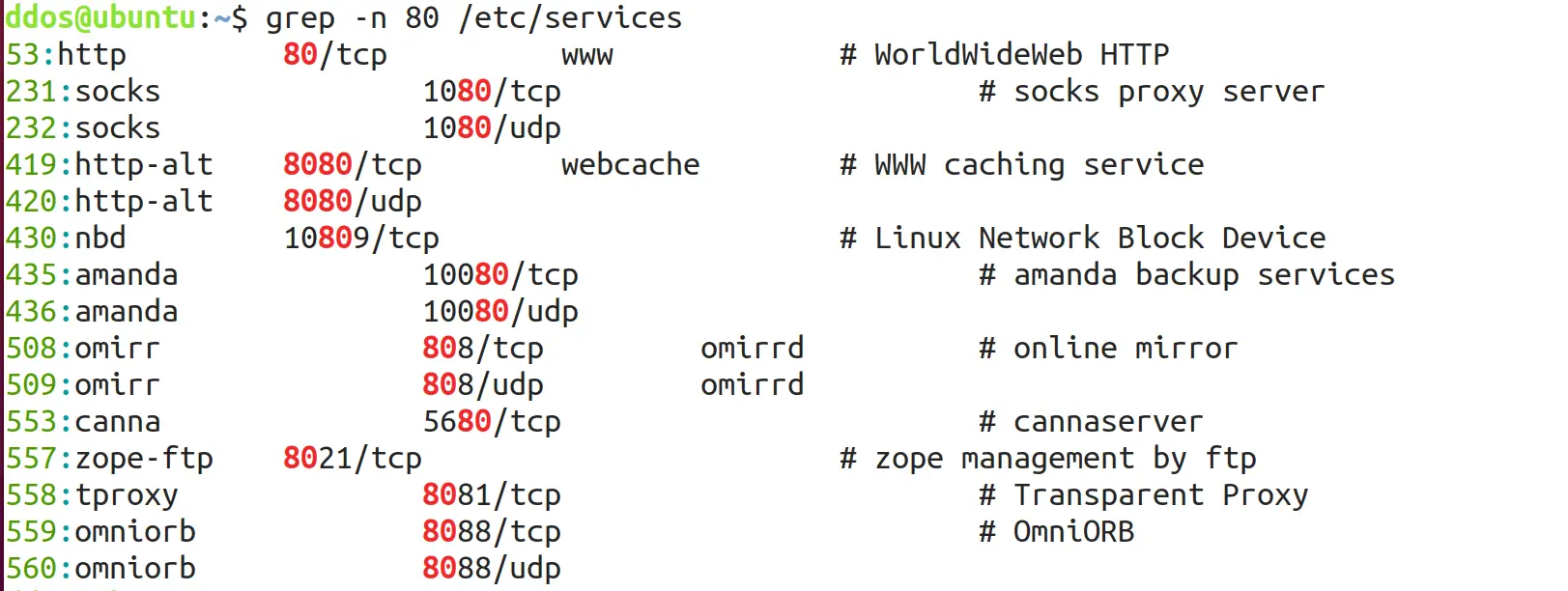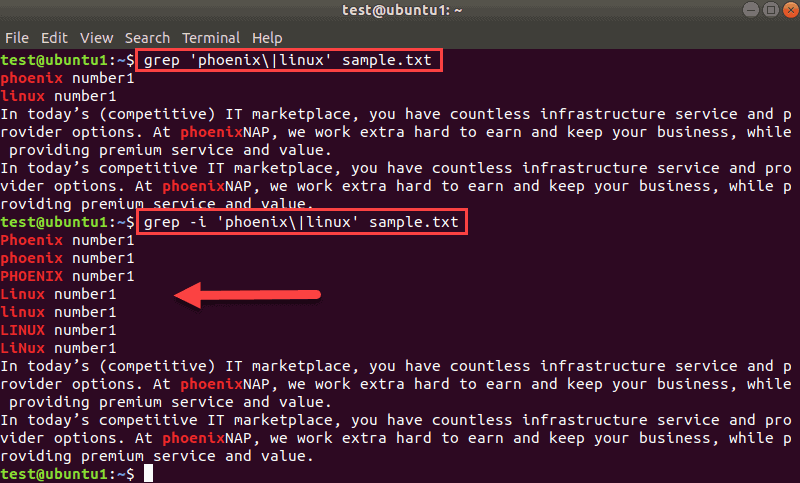
In our case, we’re looking for the word VPS in the sample file called Hostinger.txt: grep VPS Hostinger.

The grep command can be used to find multiple strings that you have provided it to.

txt Or put patterns on several lines: grep - 'foo bar'. You can do this by preceding each pattern with the -e option. Practical Examples of the grep Command LineĬheck out these useful examples of the grep command to understand it better. Example 1: Find Multiple Strings While Considering the Case Sensitivity. txt Another possibility when you're just looking for any of several patterns (as opposed to building a complex pattern using disjunction) is to pass multiple patterns to grep.
#Grep multiple full
-w – searches for full words only, ignoring your string if it’s a part of another word.If users, for example, search for a string car, it will show the same results as CAR.

To customize your search even further, add the following flags: A similar process was done with B1 and C1 flags. In Nexus you can use grep and return the lines before or after the match: This returns the fcns database.
#Grep multiple password
Then, we combined the A1 flag to print out one additional line before the matched Password string. Ancient post, but Ill pile on with a new comment too. In the command example above, we used the regular grep utility, which only showed the Password line.
#Grep multiple how to
How to Export the grep Output to a File.How to Perform the grep Search Recursively.How to Display a Line Number with grep Command Search.How to Find Matches That Start or End With Query.How to Find a Keyword Match in Multiple Files.Practical Examples of the grep Command Line.Put the terms in a text file separated by new lines, then enter that as the pattern to match with the -f flag.Ĭommand: grep -f pattern_file.txt input_file. Some people, when confronted with a problem, think "I know, I'll use regular expressions." Now they have two problems. However, any introduction to regular expressions should be prefaced with a warning that they are limited in their capabilities, and the adage is: Here is a regex test harness for Ruby that I use frequently to test and build regular expressions: Regular expression syntax varies from tool to tool, but generally the syntax is the same.

The vertical bar, |, is the OR operator meaning match string A1 or B3 or C2. Grep allows you to use regular expressions to match patterns within the file using the -E flag, or you can use the egrep command which is equivalent to grep -E: grep -E 'A1|B3|C2' filename


 0 kommentar(er)
0 kommentar(er)
